Final: The Indian Premier League (IPL) is renowned for its high-octane matches, massive scores, and breathtaking chases. It has consistently delivered nail-biting moments and jaw-dropping performances since its inception in 2008. However, amidst all the high-scoring thrillers, there have been occasions where teams have failed to deliver, resulting in some of the lowest final totals in IPL history. One such instance stands out as the lowest final total ever recorded in an IPL final, a rare occurrence in a league known for its explosive cricket.
This article delves into the details of that historic low-scoring final, the circumstances that led to it, and its significance in the context of the IPL. We will also explore other low-scoring IPL games and analyze the impact of such performances on teams and players.
The Lowest Final Total: An Overview
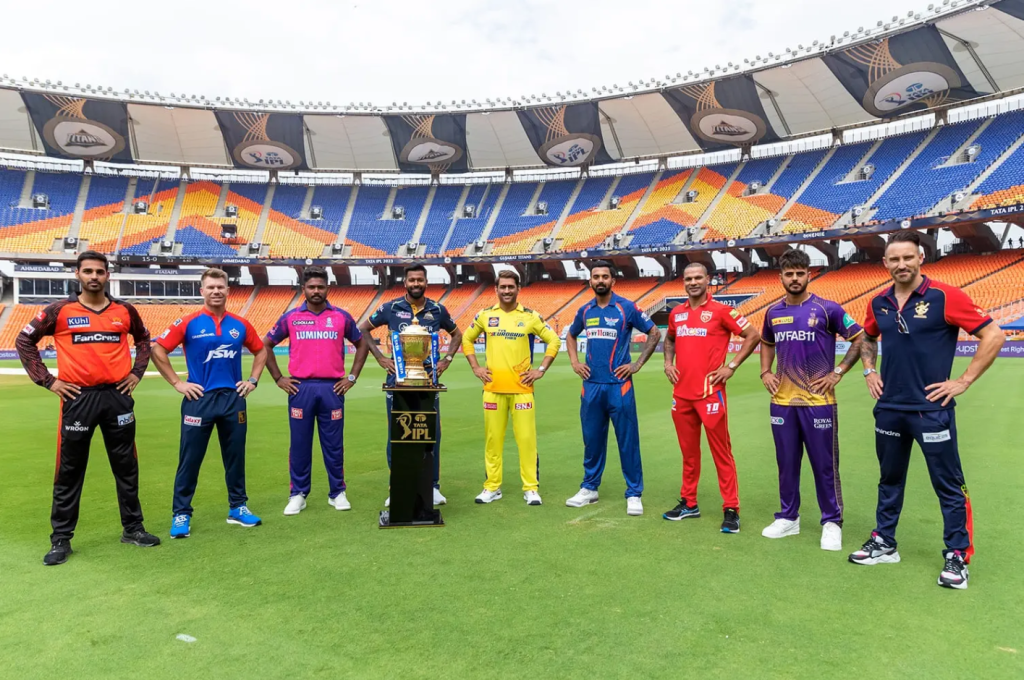
The record for the lowest total in an IPL final is held by the Rajasthan Royals, who scored 137/9 in the IPL 2013 final against the Mumbai Indians. Despite their low total, the match was a tightly contested affair, with the Mumbai Indians emerging victorious to claim their maiden IPL title.
| Match | Date | Venue | Final Total | Opponent’s Total | Winner |
|---|---|---|---|---|---|
| Rajasthan Royals vs Mumbai Indians | 26 May 2013 | Eden Gardens | 137/9 | 148/9 | Mumbai Indians |
This low-scoring game is a stark reminder that cricket is as much about strategy and execution as it is about big hits and lofty totals.
The Context: IPL 2013 Final
Pre-Match Build-Up
Rajasthan Royals had been a consistent team throughout IPL 2013, led by the charismatic Rahul Dravid. On the other hand, the Mumbai Indians were equally formidable, boasting a star-studded lineup featuring Sachin Tendulkar, Rohit Sharma, and Lasith Malinga.
Match Summary
The Royals, chasing a target of 149, faltered early as the Mumbai bowlers tightened the screws. Despite some resistance from Ajinkya Rahane and Shane Watson, the Royals failed to gain momentum, finishing at 137/9.
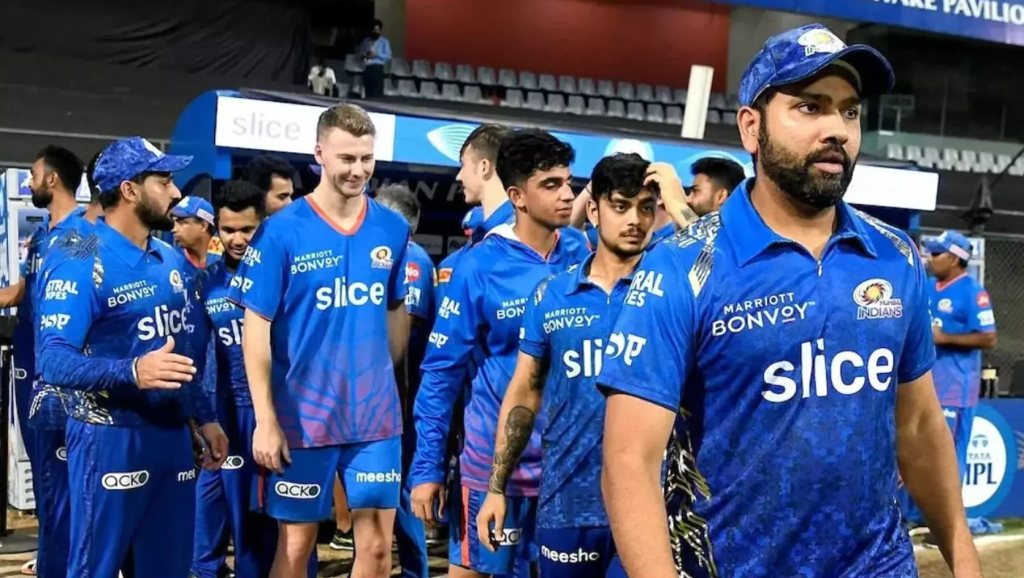
| Rajasthan Royals Batting Performance | Runs | Balls | Strike Rate |
|---|---|---|---|
| Ajinkya Rahane | 39 | 36 | 108.33 |
| Shane Watson | 19 | 25 | 76.00 |
| Stuart Binny | 10 | 17 | 58.82 |
| Brad Hodge | 12 | 15 | 80.00 |
Turning Points
Early Wickets: Rajasthan lost two quick wickets in the powerplay, derailing their chase.
Middle-Order Collapse: The middle order failed to stabilize the innings, succumbing to Mumbai’s disciplined bowling.
Lasith Malinga’s Brilliance: With figures of 2/22, Malinga ensured there was no late comeback.
Lowest Totals In IPL: A Comparison
While the 2013 final holds the record for the lowest total, there have been other instances of low-scoring games in IPL finals. Here’s a look at some of them:
| Team | Year | Total | Opponent | Winner |
|---|---|---|---|---|
| Rajasthan Royals | 2013 | 137/9 | Mumbai Indians | Mumbai Indians |
| Chennai Super Kings | 2019 | 148/7 | Mumbai Indians | Mumbai Indians |
| Kolkata Knight Riders | 2021 | 165/9 | Chennai Super Kings | Chennai Super Kings |
| Deccan Chargers | 2009 | 143/6 | Royal Challengers | Deccan Chargers |
These games highlight that even in high-stakes matches, pressure can lead to unexpected outcomes, resulting in below-par scores.
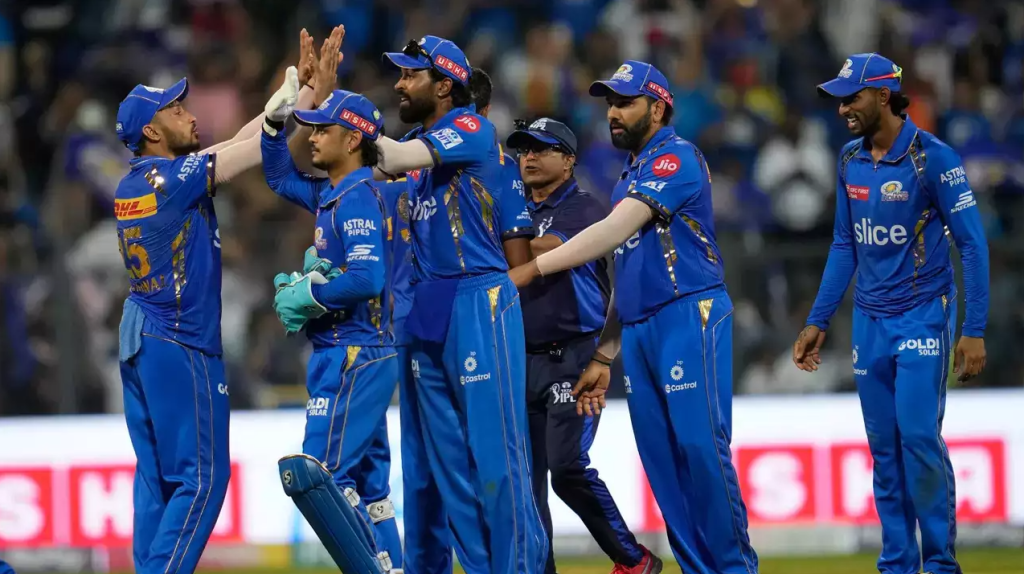
Factors Contributing To Low Final Totals
- Pitch Conditions
- Finals are often played on neutral venues with fresh pitches. Some pitches, like the one at Eden Gardens in 2013, tend to favor bowlers, making scoring difficult.
- Pressure of the Occasion
- Playing in a final comes with immense pressure. Even seasoned players can falter under the spotlight, leading to poor shot selection and collapses.
- Bowling Dominance
- Teams with strong bowling units, like the Mumbai Indians in 2013, can exploit conditions and apply relentless pressure on the batting side.
- Tactical Errors
- Misjudged batting orders, ineffective powerplay strategies, and lack of adaptability can contribute to low scores.
Impact Of Low Final Totals
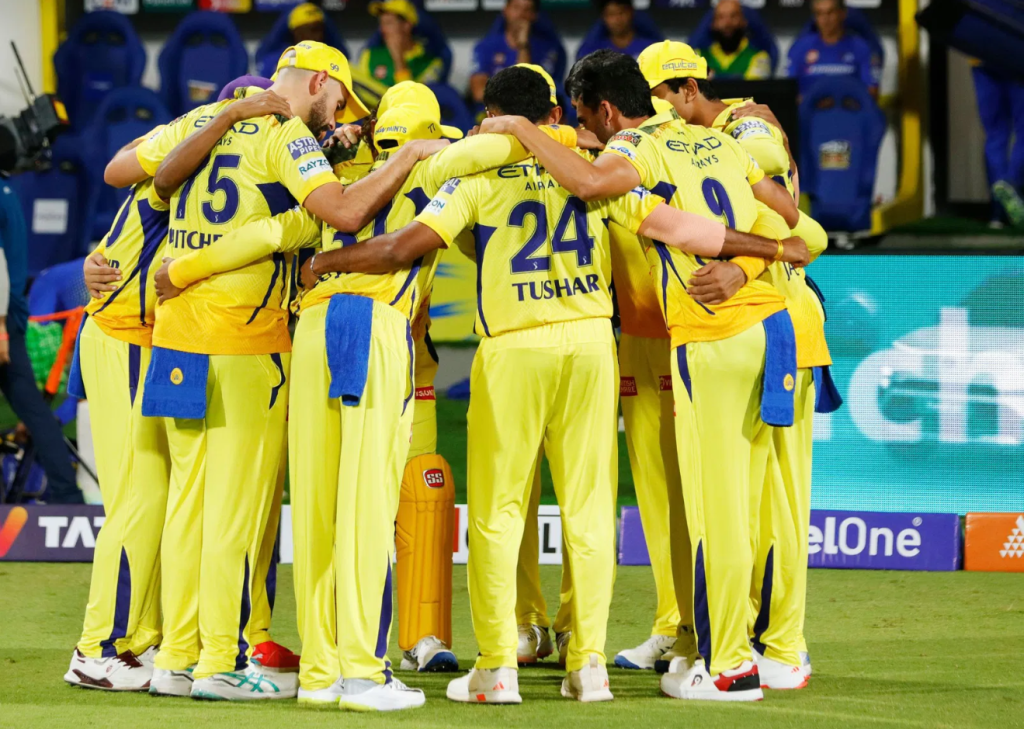
1. On Teams
- Teams that fail in finals often revisit their strategies and squad compositions. For instance, Rajasthan Royals revamped their squad post-2013, focusing on younger talent and international stars.
2. On Players
- Low scores in finals can affect a player’s confidence. Conversely, bowlers who thrive in such games often gain recognition and career boosts.
3. On Fans
- While high-scoring games are crowd-pleasers, low-scoring finals offer their own kind of thrill, keeping fans on the edge of their seats.
Lessons Learned From Low Totals
Low-scoring IPL finals underscore the importance of adaptability, preparation, and resilience. Teams that succeed in such scenarios often:
Focus on Bowling Strengths: Building a strong bowling lineup pays dividends in crunch games.
Prioritize Mental Toughness: Handling pressure is key in big matches.
Analyze Pitch Conditions: Accurate pitch assessments can inform better strategies.
The lowest final total in IPL history, Rajasthan Royals’ 137/9 in 2013, is a testament to the unpredictable nature of cricket. It highlights the challenges teams face in high-stakes matches and the importance of strategy and execution. While fans love the big scores and six-hitting fests, low-scoring games remind us of the beauty of the contest between bat and ball.
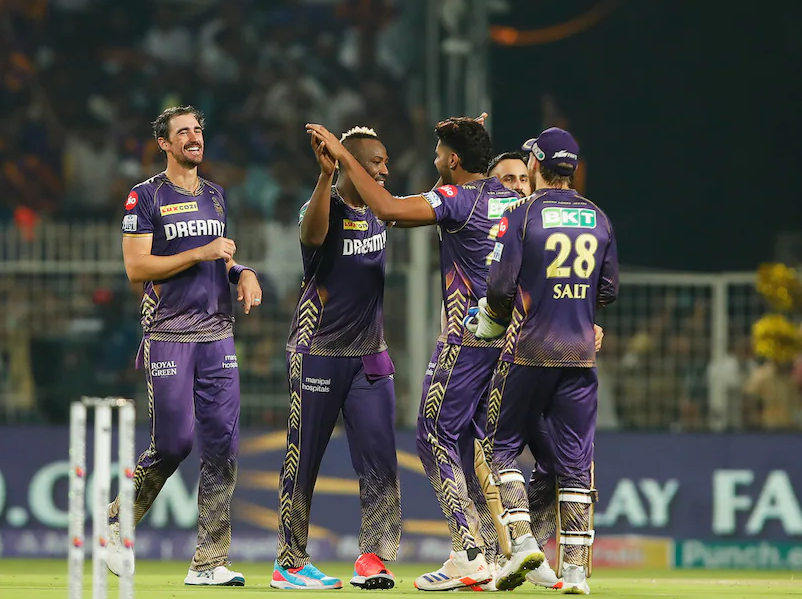
As the IPL continues to evolve, we’re sure to witness more such fascinating encounters, where every run counts, and every delivery has the potential to change the game. After all, cricket isn’t just about the numbers on the scoreboard; it’s about the stories that unfold on the field.

